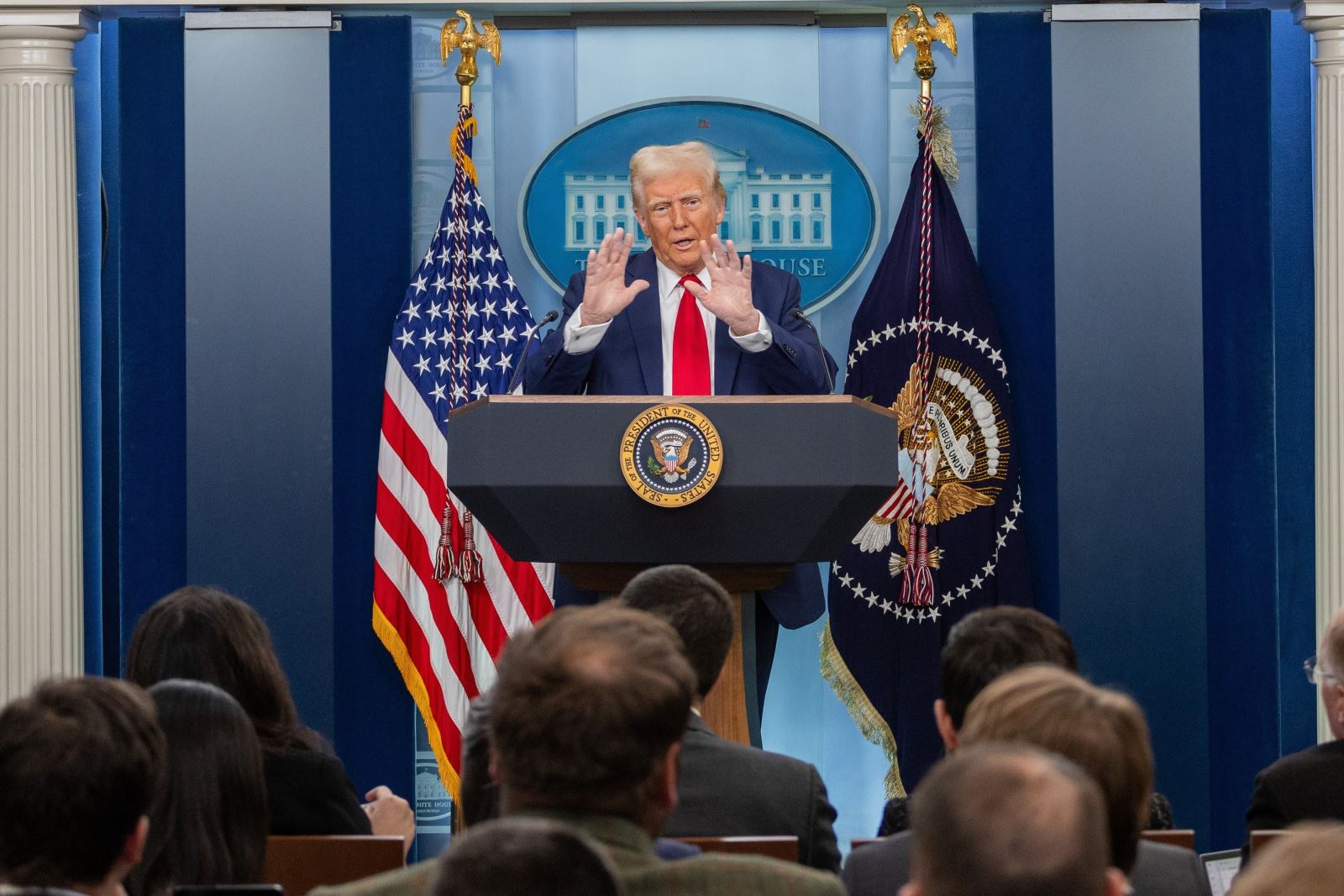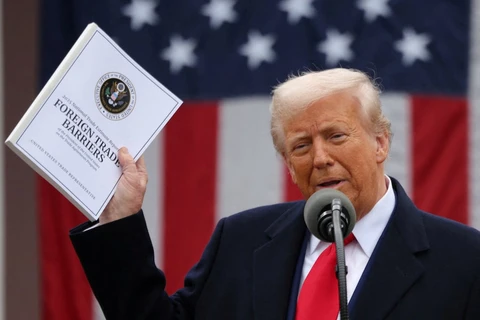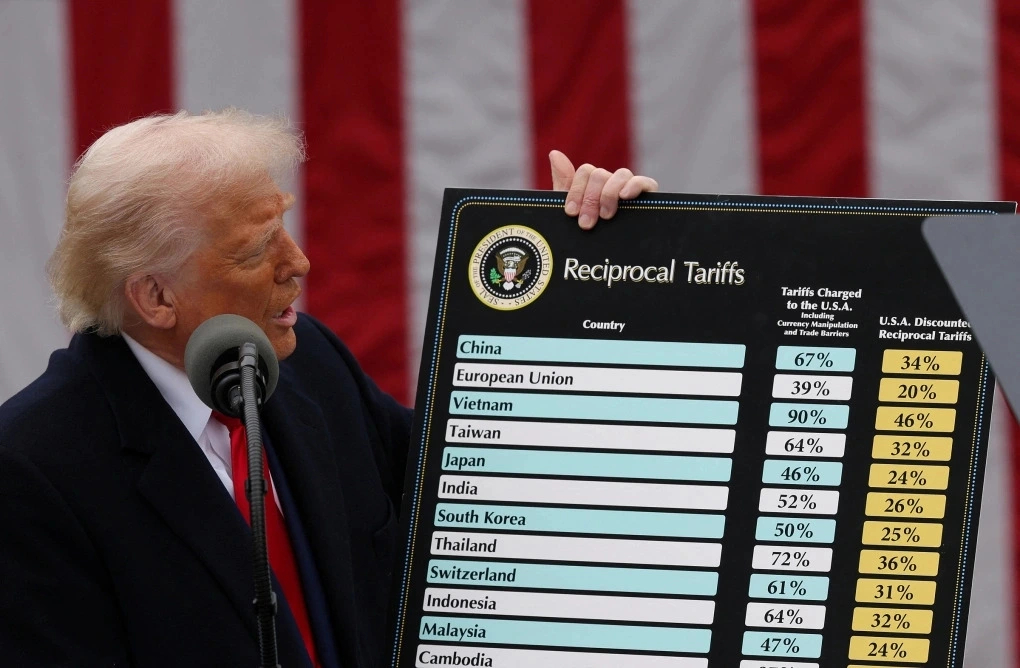From Recession Fears to Market Shrugs – The Surprising Impact of Trump’s Tariffs
When former President Donald Trump announced sweeping tariffs on imports during his first term, and again in 2025 following his re-election, economists, analysts, and markets braced for chaos. Predictions of runaway inflation, supply chain disruptions, and a looming recession dominated headlines in 2018 and resurfaced in early 2025. Yet, the reality has been far less catastrophic than anticipated. Despite initial fears, Trump’s tariffs—ranging from 10% to 60% on goods from China, Canada, Mexico, and the European Union—have had a surprisingly muted impact on the U.S. economy, with markets largely shrugging off the doomsday scenarios. This article explores the unexpected resilience of the economy, the mechanisms behind the tariffs’ limited fallout, and the broader implications for global trade.
Trump’s tariff policies, first implemented in 2018 and expanded in 2025, targeted billions of dollars in imports, particularly from China. In March 2025, the administration imposed a 60% tariff on Chinese goods, a 10% tariff on Canadian and Mexican imports, and a 25% levy on select EU products. Economists warned that these measures would raise consumer prices, disrupt supply chains, and slow economic growth. A 2018 study by the National Bureau of Economic Research estimated that Trump’s initial tariffs reduced U.S. GDP by 0.2% and cost 166,000 jobs by 2020. Similar projections for 2025 suggested a potential 1.5% GDP decline and inflation spikes of up to 4%.

The logic was straightforward: tariffs increase the cost of imported goods, which raises prices for consumers and inputs for manufacturers. This, in turn, could reduce demand, strain businesses, and trigger layoffs. Retaliatory tariffs from trading partners—like Canada’s 2025 duties on U.S. agricultural products or China’s restrictions on American tech exports—were expected to exacerbate the damage, potentially pushing the global economy toward recession. Posts on X in early 2025 reflected widespread anxiety, with users predicting “economic collapse” and “soaring grocery bills.”
Despite these dire forecasts, the U.S. economy has shown remarkable resilience. By July 2025, inflation remains at 3.1%, only slightly above the Federal Reserve’s 2% target. Consumer prices for tariffed goods, such as electronics and apparel, have risen modestly by 1-2%, far below the predicted 10-15% surges. The S&P 500, after a brief 3% dip in April 2025, has climbed 8% year-to-date, signaling investor confidence. Unemployment holds steady at 4.2%, and GDP growth for Q2 2025 is estimated at 2.8%, defying recession fears.

Several factors explain this unexpected outcome. First, businesses adapted swiftly to the tariff regime. Many U.S. companies, anticipating higher costs, diversified supply chains before 2025, sourcing from countries like Vietnam, India, and Thailand, which face lower or no tariffs. A 2024 report from the U.S. Chamber of Commerce noted that 40% of U.S. manufacturers had already reduced reliance on Chinese imports by 2023. Second, the strong U.S. dollar—bolstered by high interest rates—has offset some tariff-induced price increases by making imports cheaper in relative terms.
Additionally, domestic production has filled some gaps. Trump’s tariffs, paired with tax incentives for manufacturing, have spurred investment in U.S. factories. For example, semiconductor firms like Intel and TSMC expanded U.S. operations in 2024, reducing dependence on Asian imports. While this shift hasn’t fully offset job losses in tariff-hit sectors like agriculture (down 12,000 jobs since January 2025), it has cushioned the broader economy.
Trading partners’ responses have also been less severe than feared. China, facing its own economic slowdown, has avoided escalating tariffs beyond a 15% levy on U.S. tech and agricultural goods, focusing instead on boosting domestic consumption. Canada and Mexico, wary of disrupting NAFTA 2.0 (USMCA), have targeted retaliatory tariffs narrowly, sparing critical sectors like energy. The EU, while imposing duties on U.S. whiskey and motorcycles, has pursued negotiations to avoid a broader trade war. These measured responses have prevented the spiral of tit-for-tat tariffs that many feared.
However, the tariffs have reshaped global trade flows. Data from the World Trade Organization shows a 7% decline in U.S.-China trade volume in 2025, while U.S. imports from India and Vietnam rose by 12% and 9%, respectively. This realignment has benefited some developing economies but strained U.S. consumers and businesses reliant on Chinese goods, particularly in tech and retail.

Not everyone has emerged unscathed. Farmers, especially in the Midwest, face declining exports due to retaliatory tariffs. Soybean exports to China dropped 20% in Q1 2025, costing farmers an estimated $1.2 billion. Small businesses, unable to absorb higher input costs, have also struggled, with 15% of U.S. retailers reporting profit declines. On X, farmers have voiced frustration, with one user stating, “Tariffs are killing us while Wall Street laughs.”
Politically, the tariffs remain divisive. Trump’s base praises them as a defense of American jobs, with 62% of Republicans supporting the policy in a July 2025 Pew Research poll. Democrats, however, argue that the tariffs disproportionately harm low-income consumers, who face higher prices for everyday goods. The Biden administration, in its final months, warned that the tariffs could undo years of trade liberalization, a sentiment echoed by progressive economists.
The muted impact of Trump’s tariffs suggests a shift in how global economies respond to protectionism. Businesses’ adaptability, selective retaliation, and government subsidies have blunted the predicted economic fallout. However, risks remain. Prolonged tariffs could still fuel inflation if supply chain adjustments falter or if energy prices rise. Geopolitical tensions, particularly with China, could also escalate, disrupting critical supply chains like rare earth minerals.
For now, the U.S. economy has defied the recessionary gloom, and markets have largely shrugged off the tariffs. Yet, the long-term effects—on consumers, global trade, and U.S. competitiveness—remain uncertain. As one X user quipped, “Tariffs were supposed to crash the economy, but all they did was rearrange the deck chairs.” Whether this resilience holds will depend on how policymakers, businesses, and trading partners navigate this new trade landscape.





